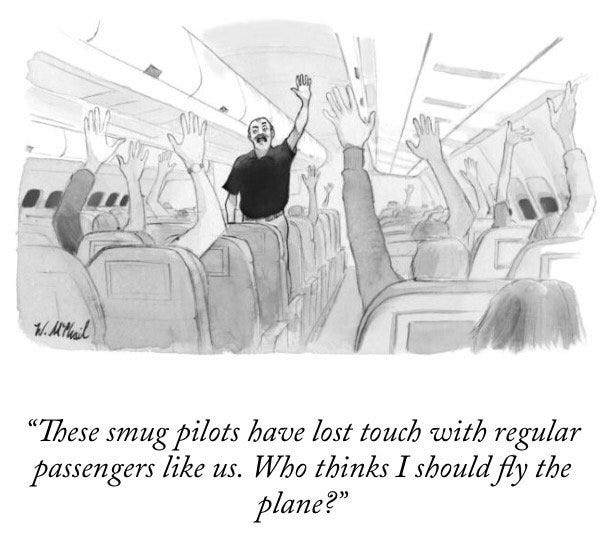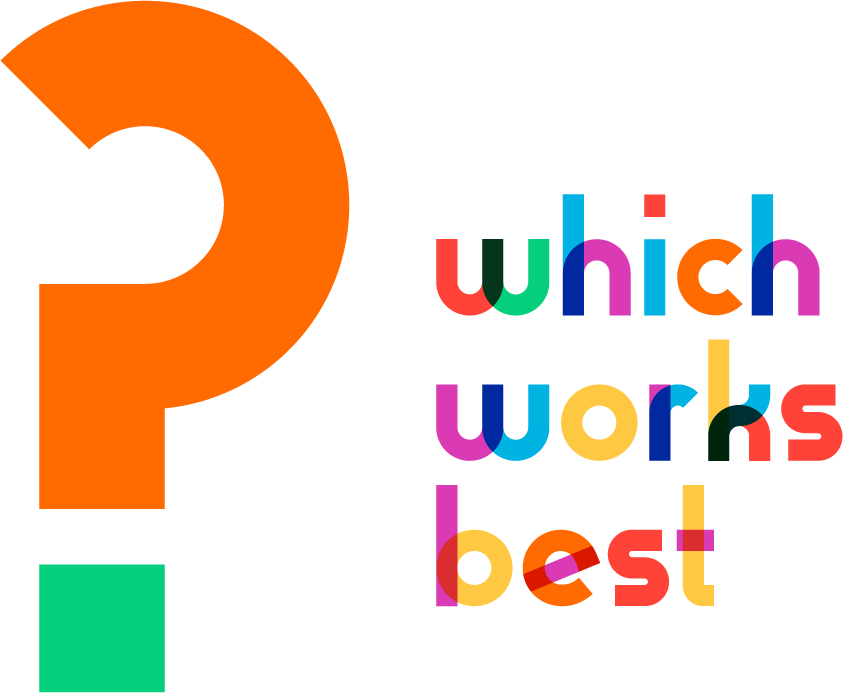Patient, heal thyself
As I’ve monkeyed with genetic tests, friends have reminded me that patients generally know a lot less than their doctors. (Yes, an eyebrow sometimes has been arched in my direction.) Overwhelmed by complexity and without years of rigorous training, patients are prone to grabbing at simple-sounding fixes. Avoid vaccines! Stop eating gluten! Gimme some Adderall! When seeking information, consumers increasingly rely on homophily rather than expertise — a simple article from Goop, Gwyneth Paltrow’s lifestyle website, may trump a nuanced article in the New England Journal of Medicine.
Doctors are swamped with nervous inquiries from people who don’t know a base pair from a tuba duet. “Physicians often get angry or irritated when patients seek and retrieve [genetic] information on their own,” noted a memo to doctors prepared by the American College of Preventive Medicine.
A New Yorker cartoon provides an allegorical snapshot of an archetypal 21st-century culture clash between highly trained experts (whether pilots, doctors, scientists or journalists) and their pushy, ignorant, know-it-all, Internet-empowered fellow citizens.

Yes, but… in fact, the cartoon’s premise is obsolete.
The idea that piloting a passenger jet requires years of training and practice — which are invisible to the bozo in seat 17C but which make the difference between getting to Pittsburgh seven minutes early and dying in a fiery crash — actually made a lot more sense 10 years ago.
In the near future, technological advances will make it conceivable for an untrained passenger to pilot a jumbo jet, gate to gate. (Trump’s claim that only an Einstein can fly today’s jets notwithstanding!) And if the price tag of a Boeing 787 Dreamliner were to drop 99.995% and if home garages got 50 times bigger, some intrepid untrained consumers might start piloting their own planes. They’d fly more often. They’d go places that commercial airlines currently don’t serve. And they’d fly in weather far more complex than even the best pilot might brave today.
Might this be the future of medicine too?
Read next: Part 4: Five categories of foreseeable tech change: devices, granularity, volume, utilization, software.
INDEX
Prologue: Two times Fitbit didn’t save my life; my six month journey on the borderlands of my own health data.
Part 1: My night continues downhill. Fitbit’s muteness gets louder.
Part 2: 23andme detects no clotting genes; demand for genetic expertise outpaces supply; DNA surprises about my personality and eating habits.
Part 3: A cartoon of the future of the medical industry.
Part 4: Five categories of predictable exponential tech change: devices, granularity, volume, utilization, software.
Part 5: Two categories of unpredictable change: the demands of individuals and their communities.
Part 6: Medicine, already trailing state-of-the-art techniques and technology by 17 years, gets lapped.
Part 7: Like fax machines, newspapers and encyclopedias, is medicine another information processing machine on the verge of being disintermediated by mutating consumer demands and tech innovation?
Part 8: Ten possible frontiers of consumer-led healthcare change.



